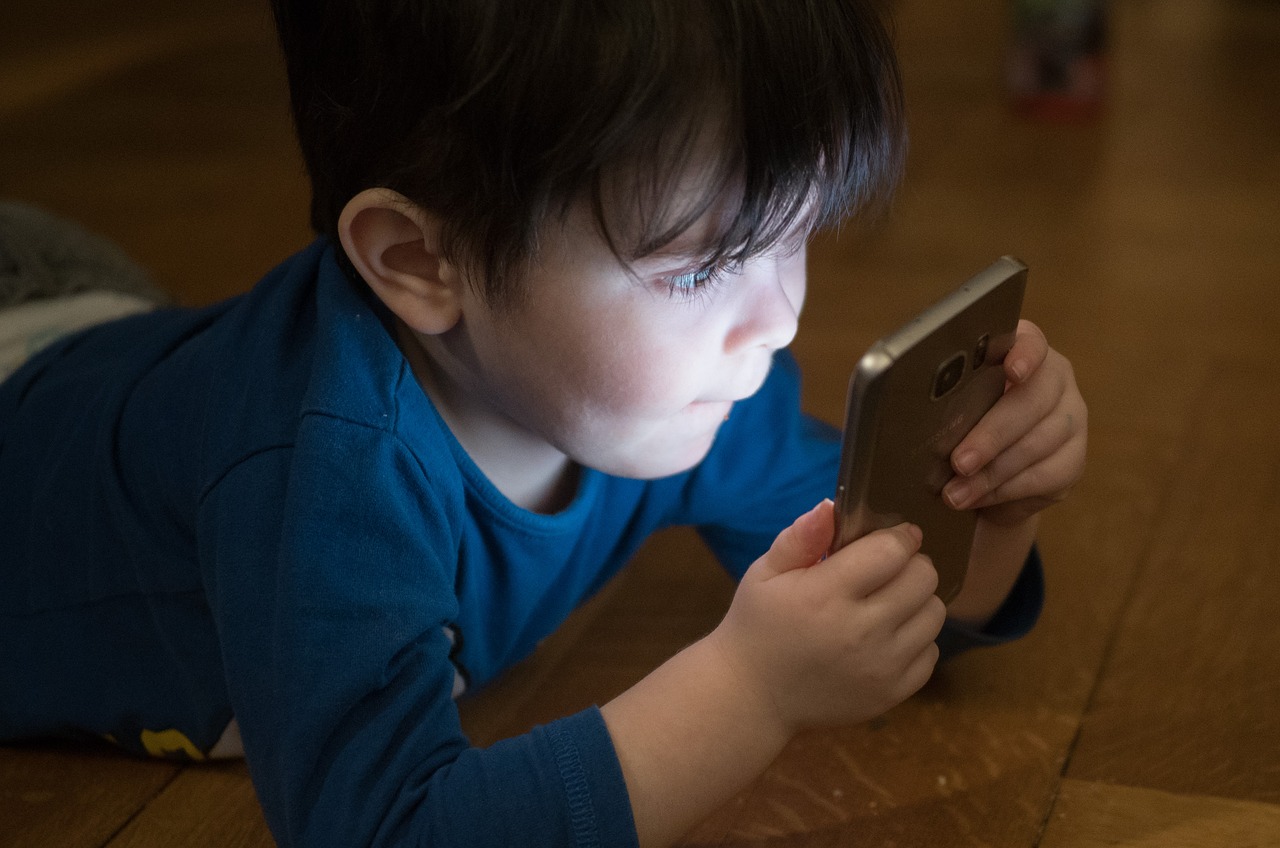
A new study has suggested that preschoolers are overwhelmingly getting more screen time than is recommended by the World Health Organization (WHO) for children their age.
The study, published in JAMA Pediatrics, showed that two-year-olds exceed the WHO recommended screen time guidelines 79% of the time while three-year-olds exceed it 95% of the time. The researchers examined the habits of 1,595 two-year-old children and the 1,994 three-year-old children in the study.
Studies have shown that limiting screen time during certain stages of development is important in addressing the effects of screen time on children. The WHO has created different guidelines on screen time for children depending on their age.
According to the WHO, preschoolers should only be getting one hour of screen time daily. However, researchers from the University of Calgary discovered that recommendations are rarely being followed.
The study showed that one of the factors affecting preschoolers' screen time is the “maternal screen time” or the number of hours spent by their mothers interacting with screens through things like TV shows and video games. Findings indicated that mothers who reported a higher screen time for themselves were more likely to have a higher screen time for their children.
While this may seem like a minor issue, the amount of screen time could have real consequences for a child.
A study published earlier this month revealed that 16% to 56% of certain areas of preschoolers' brains were negatively affected by higher screen use. These areas include those related to language, literacy, imagination and executive function.
The study stated: “In high screen-viewing families, it may be difficult for parents to implement screen time guidelines without a supportive approach. Accordingly, it will be important to work together with families to devise family media plans that can be effectively implemented. This includes promoting opportunities for joint media engagement; deciding when, where, and how often screens are used; and reinforcing the need for sleep, physical activity, and device-free interactions to be prioritized to optimize child development.”






